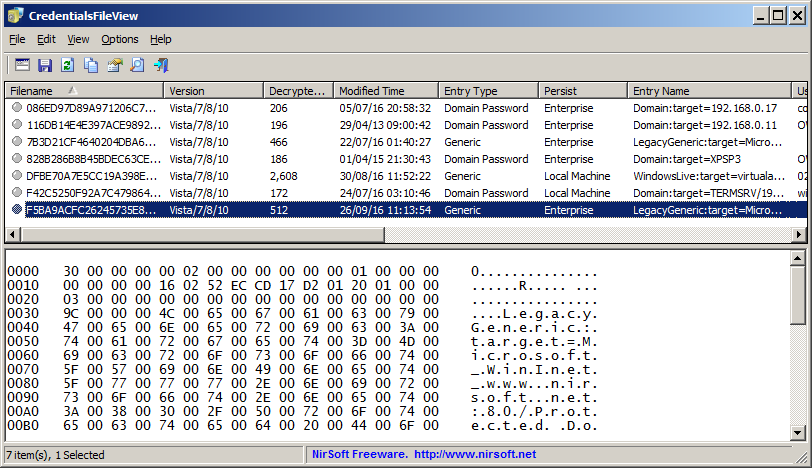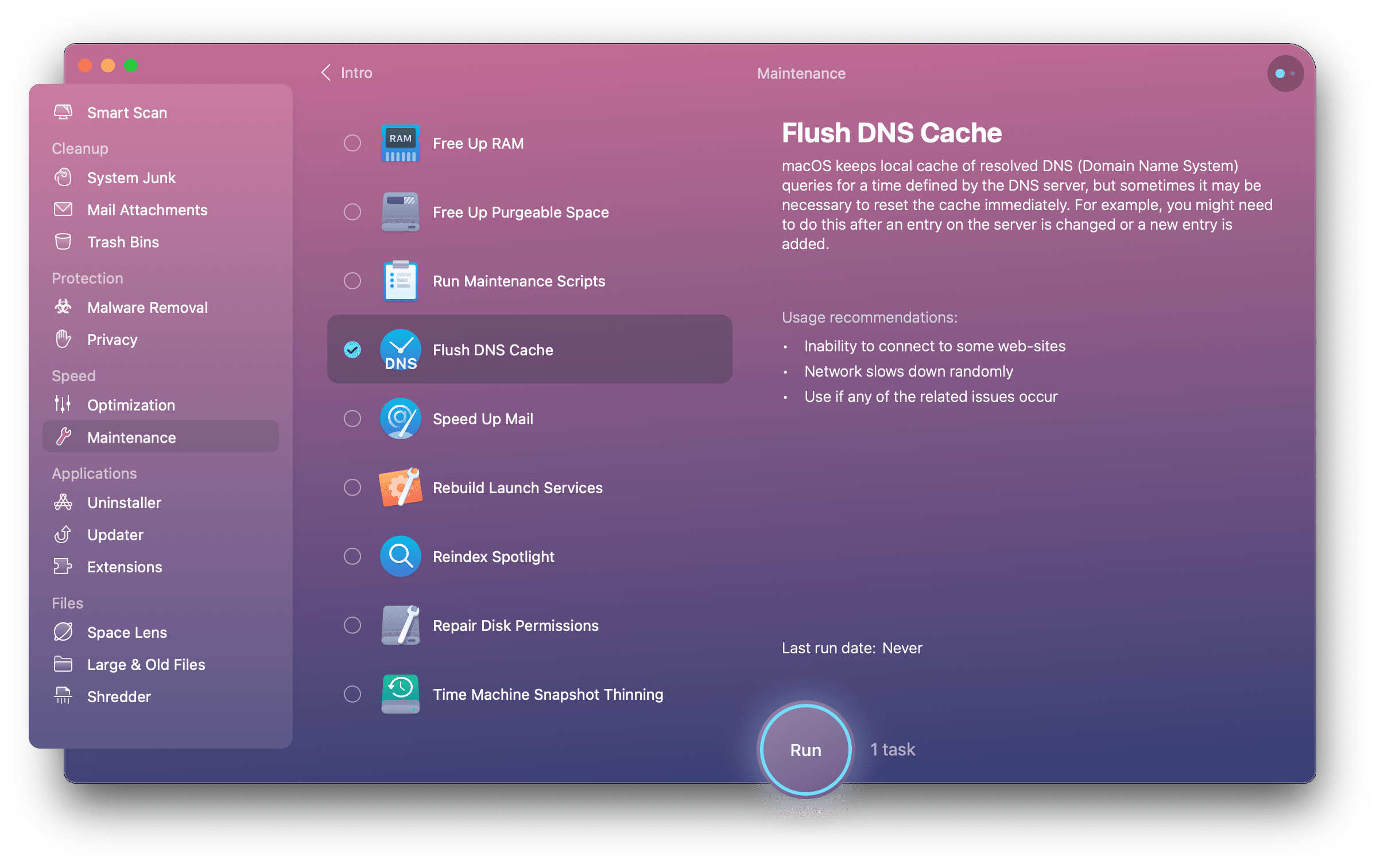
#CACHE USER CREDENTIAL ON MAC FOR WINDOWS DOMAIN KEYGEN#

If Domain Admins have been removed from the local Administrators groups on the member servers, the group should be added to the Administrators group on each member server and workstation in the domain." *1 If the Deny's as defined below for domain administrator's were put into place, it will prevent the identity from logging on. This default nesting should not be modified for supportability and disaster recovery purposes. Figure A Figure B "Domain Admins are, by default, members of the local Administrators groups on all member servers and workstations in their respective domains. But, as can be seen in Figure B the privileges are now reduced to a standard user. The administrator was not prevented from logging onto the machine and since the domain administrator is logged onto the machine the DA credential hash will still be cached on the device unless Credential/Remote Credential Guard is in place. The domain administrator is not a member of the local administrators group, yet was able to sign in.Opening up the Local Administrators group.Doing a whoami, you can see the identity logged onto the Win10 device is the Domain admin for the domain.Looking at figure A, the domain admin has authenticated onto the device. Just because you remove the DA from the Local Admins group, you are still NOT preventing that identity from authenticating onto the device. These policies should be linked to both the Tier 1 and Tier 2 devices. There are 5 different Group Policies that need to be defined that will prevent Domain Administrators from authenticating on devices.Enterprises should define "Credential" layers where controls are put in place to control authentication to devices.ĭefine a set of Group Policies to prevent the Domain Administrator from authenticating to lower Tier devices, this includes network authentication. What are Tier'd devices you ask? Well that is a very good question. Beyond the expectation that these elevated user accounts should not be used to log on to lower Tier assets, protection measures should be put in place to guard against administrators who want to take short cuts to get the job done quickly. In the case of Tier 0 accounts, they should only be authenticating to Tier 0 assets.

ALL privileged users should have at least two accounts, one for daily tasks which need internet and e-mail access and one or more privileged accounts that are used to performed tasks which require elevated permissions and should have no access to internet or e-mail. While your administrators are your most trusted employees within the IT enterprise, they may not always use good judgment when doing day to day tasks. Credential theft protection is always an important step in protecting the enterprise.

Hello, Paul Bergson back again with today's topic of preventing your Domain Administrators and other privileged identities from logging into Tier 1 and Tier 2 devices. First published on TechNet on Oct 31, 2017


 0 kommentar(er)
0 kommentar(er)
